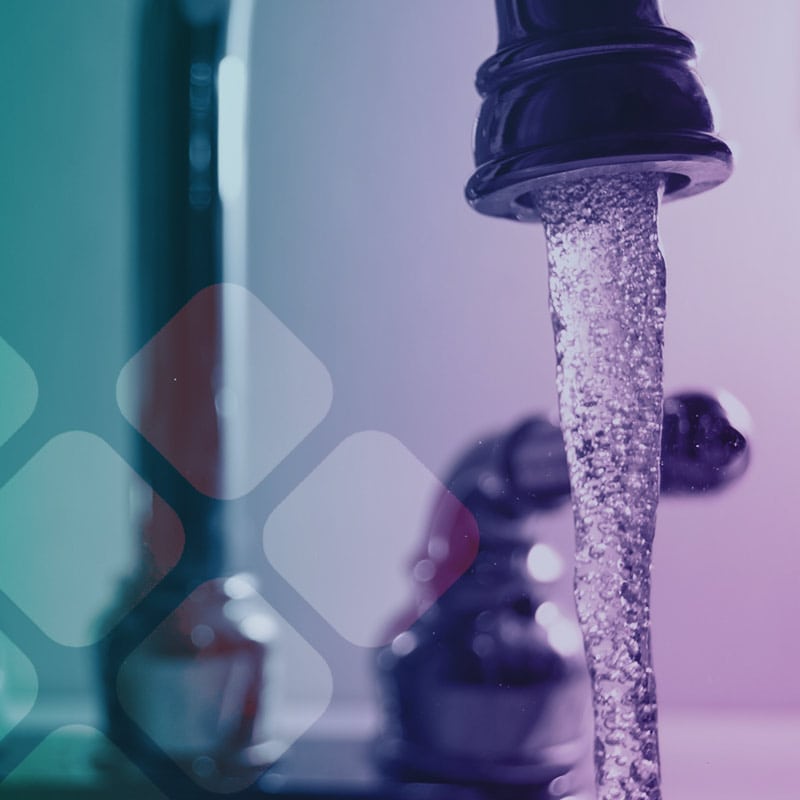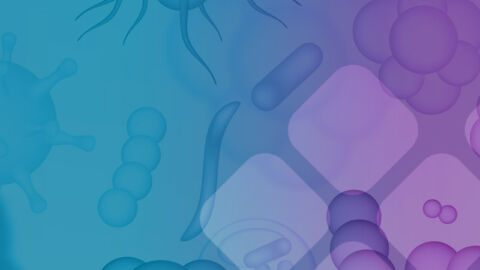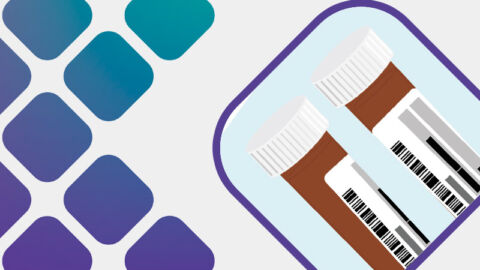Our recent post discussed some of the more commonly elevated TOXDetect Profile® markers. It looked at where these toxins are commonly found. A lot of these are being released in the air, contaminating our water supplies, and/or are in our commonly used daily products. This post aims to describe various resources for testing the air and water for these chemicals and to find products free from these toxins.
In the presence of multiple toxins and certain toxins, water contamination is the most plausible source of exposure. Assessing the water for contamination is the first step in realizing if the water is their source of exposure. There are various ways and organizations that we can turn to during these situations. Initially, a first step for assessing water is by contacting your local municipality. This is a simple way to get information from the supplier of your tap water. As a consumer, you can inquire about the chemical testing that is done on your water supply. This is a good first and affordable step to start your investigation.
Other resources you can use include the Safe Drinking Water Hotline powered by the EPA. Here, you can contact the EPA and ask questions about your drinking water. Simply fill out their online form and add your city and state information and your questions. They will contact you with answers. Other online resources for third party testing can be utilized as well. These services are provided for a price. Two water testing companies are National Testing Laboratories Ltd and SimpleLab Tap Score. These companies are independent water testing labs that offer testing for both city and well water sources. Each company has a widespread range of contaminants tested. You can choose from either company based on the contaminants you want tested specifically.
For chemicals that are not commonly found in water, or come back negative on water testing, may be in the air. In new buildings or newly renovated or clean buildings, there can be off-gassing of many chemicals used in the construction and cleaning industries. Due to the odorless and colorless nature of a lot of these chemicals, it is difficult to know which, when and how much of a chemical is being released into the air. Air testing is an option for those who populate many elevations on the TOXDetect Profile. This can help pinpoint where you are being exposed and how much of an exposure is being had. There are various air monitors and tests that can be used to determine your air quality.
Resource 1
The first resource for home air testing is a company called Home Air Check. This company allows consumers and business owners to test their air for various chemical contaminants. Tests kits can be rented based on your air testing needs. Another company that looks at similar chemicals allows for the purchase of testing kits. This company is called Design Well Studios. They test for 500 airborne chemicals. These companies also, in addition to testing the sample, offer consultations with clients to help you understand your results and resources for cleaning up the environment.
Resource 2
Another resource for home monitoring is in-home monitors. One you can consider is Awair. This company offers in-home air quality sensors. These sensors can be monitored directly or via the online dashboard. Temperature, humidity, CO2, chemicals, fine dust, ambient noise and light are all monitored. In this way, you can monitor your home in real-time for elevations in these categories. Also these can be used in businesses to monitor large spaces. This will alert you to high-level exposures in your environment that can then be pinpointed and addressed to remove a toxic exposure. After removal, this can still be an asset to alert you to a possible new exposure in the future.
Resource 3
Other resources consumers can use to reduce their chemical exposure involve the use of resources that categorize products based on their toxin level. Sometimes, after water and air testing, our personal care products should be tested for potential exposures. Oftentimes, cosmetics and dyes can have toxic chemicals that we apply to our skin on a regular basis. A great resource is the Environmental Working Group (EWG). There is a sector called Skin Deep and it is a database of many body care products and their environmental ratings. This database categorizes products based on toxins in the ingredient list, ingredient transparency, and the use of good manufacturing practices. If the product meets these standards, it will be granted the EWG verified mark of approval. This means it meets all of EWG’s standards for avoidance of toxic chemicals. With this database, you can also search for a rating for your favorite products you already use. While in stores looking at new products, you can also consider using an app. The Think Dirty app is a good in-store way to scan products you’re considering using to verify the ingredients being used. This app and its online site categorizes products based on toxic chemical ingredients. There is a wide range of “clean” products that are recommended. This resource can help you avoid purchasing products that use ingredients that may potentially be harmful to human health.





